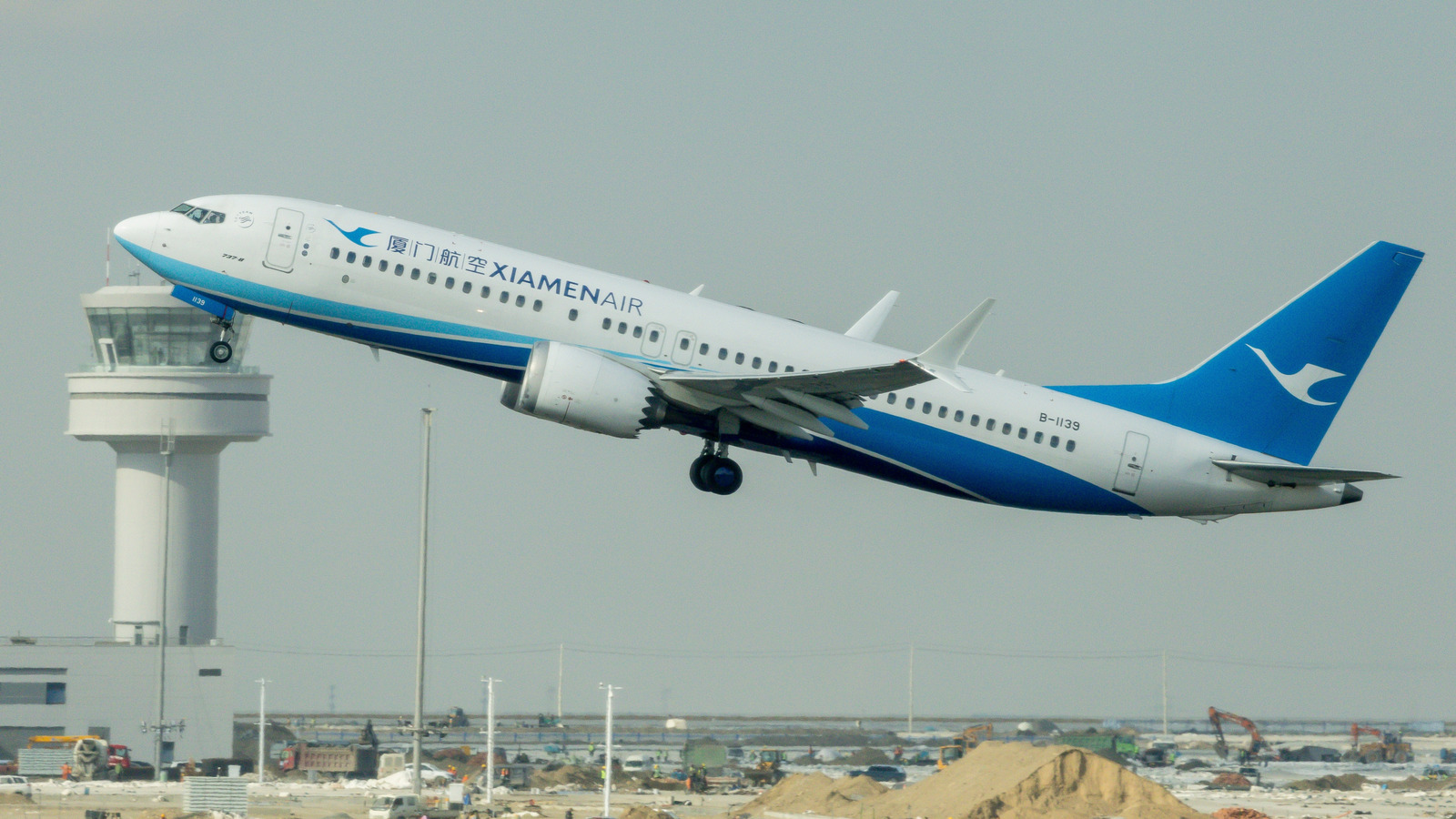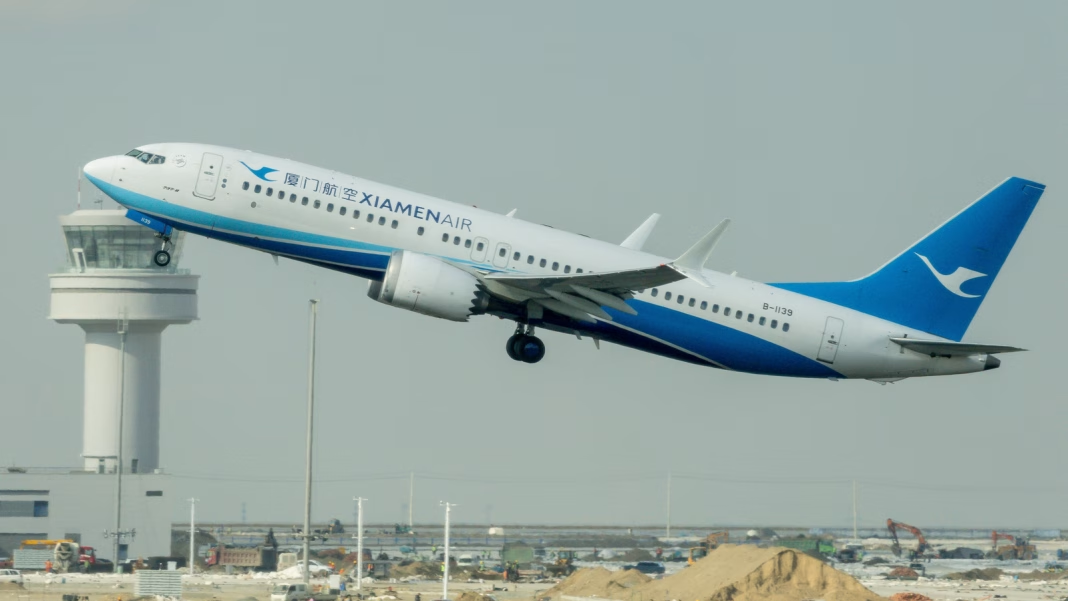On June 9, 2025, a plane touched down in China, marking a significant moment in the aviation and trade landscape. While it might seem like just another flight, this particular landing carries a deeper significance, especially considering the context of international relations and trade dynamics.
Why Is This Landing Significant?
To understand the weight of this event, we need to look at the backdrop of the U.S.-China trade relationship. For years, tensions between these two economic giants have led to tariffs, restrictions, and a general cooling of trade. The aviation sector, often considered a barometer of broader economic health, has felt the impact. Airlines have had to navigate a complex web of regulations and shifting policies, making flights to and from China less predictable.
This flight, however, symbolizes a thawing in relations. It’s not just about one plane; it’s about the potential for renewed cooperation and trade. When a plane lands in a country after a period of uncertainty, it often signifies a willingness to engage and collaborate. In this case, it could hint at easing restrictions and a more stable environment for businesses and travelers alike.
What Does This Mean for Travelers and Businesses?
For travelers, this development could mean more direct flights, better connectivity, and potentially lower fares. Airlines might start expanding their routes, making it easier for people to travel for business or leisure. Imagine being able to hop on a direct flight to Beijing or Shanghai without the hassle of layovers. That’s a win for everyone involved.
From a business perspective, this could open doors for companies looking to invest or expand in China. With a more stable trade environment, businesses might feel more confident in making long-term commitments. This could lead to increased job opportunities, not just in China but also in the U.S. as companies look to balance their operations.
What’s Next for Aviation and Trade?
The aviation industry is always evolving, and this landing could be just the beginning. If this trend continues, we might see more flights, increased cargo transport, and a general uptick in economic activity. It’s a reminder of how interconnected our world is—what happens in one corner can ripple across the globe.
Moreover, this event could encourage other countries to reassess their own trade relationships with China. If the U.S. and China can find common ground, it might inspire others to follow suit, leading to a more collaborative global economy.
The big takeaway? This flight isn’t just about aviation; it’s about the potential for smarter adjustments in international relations. Keep an eye on how this unfolds—small changes today could lead to significant shifts in the months ahead.


